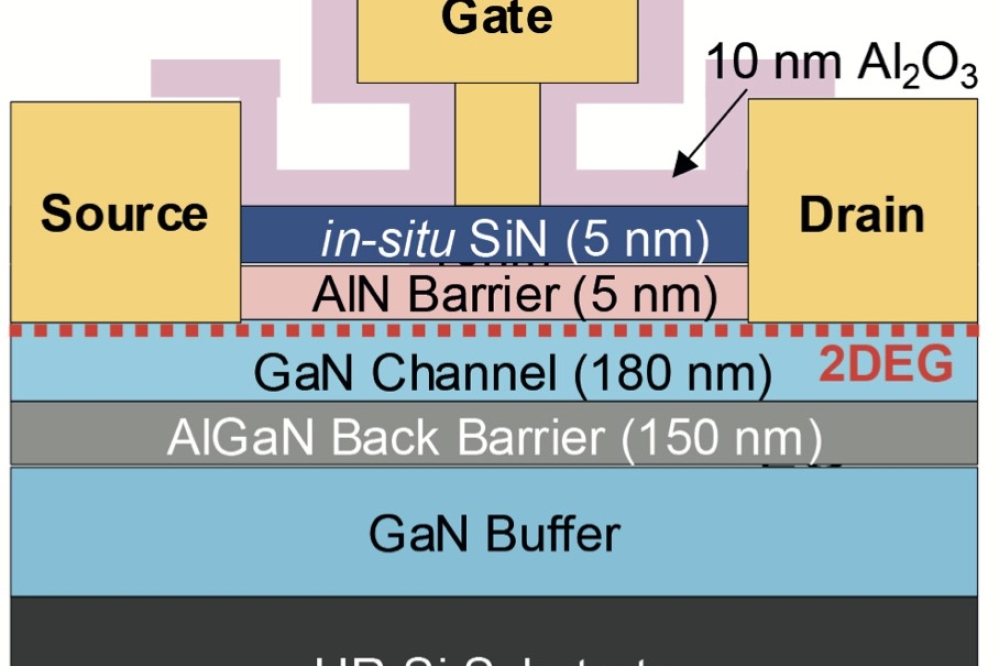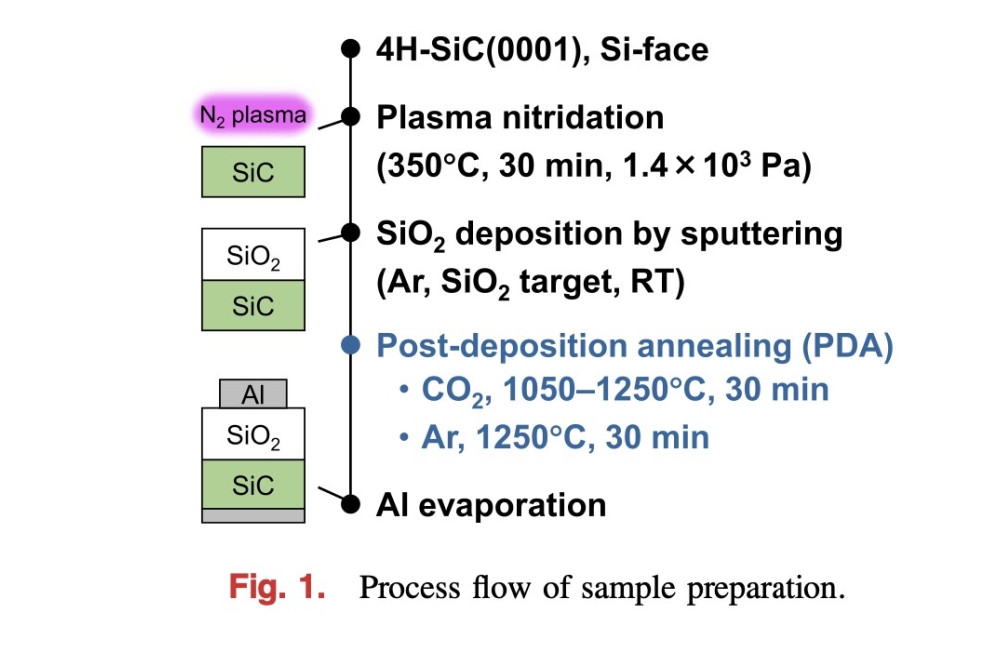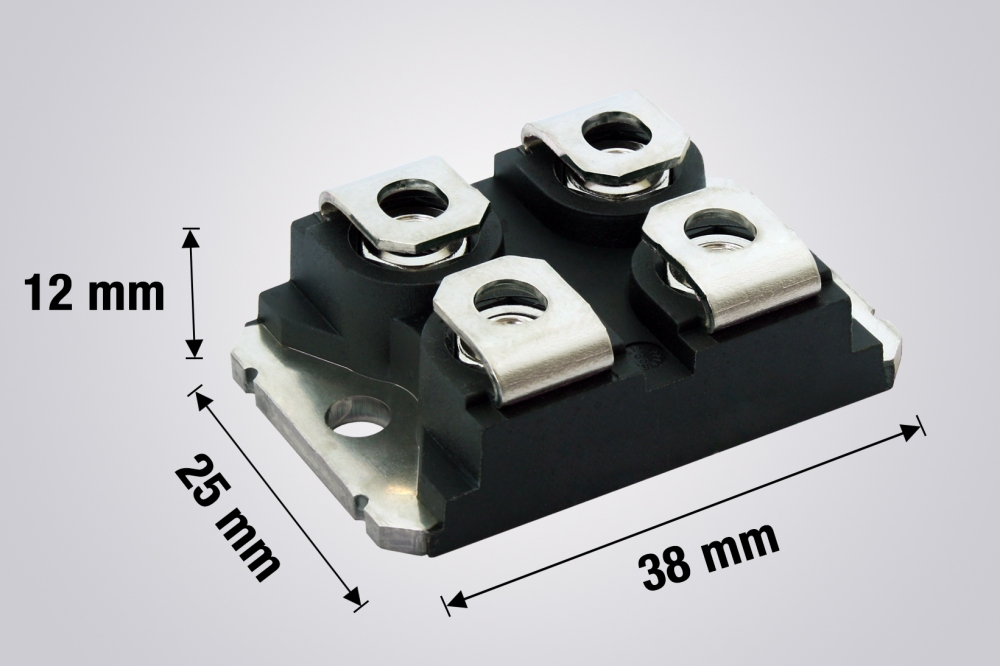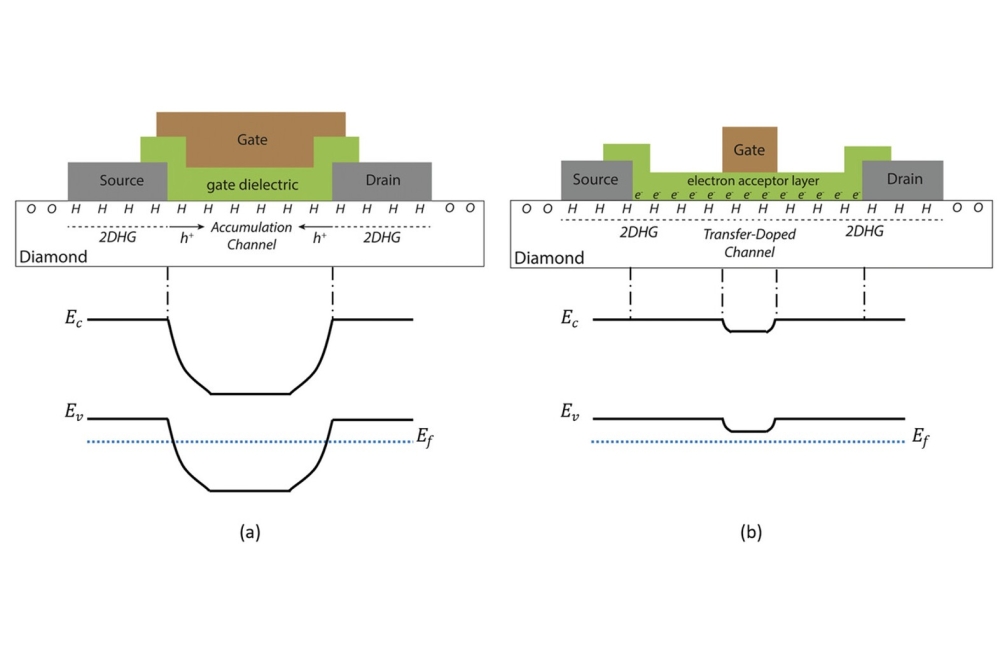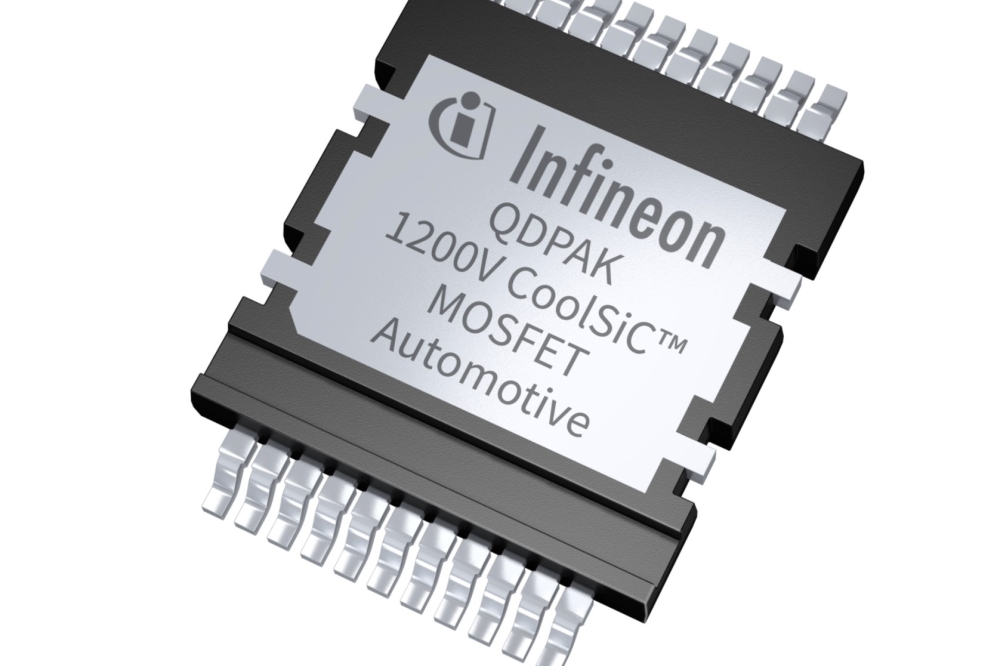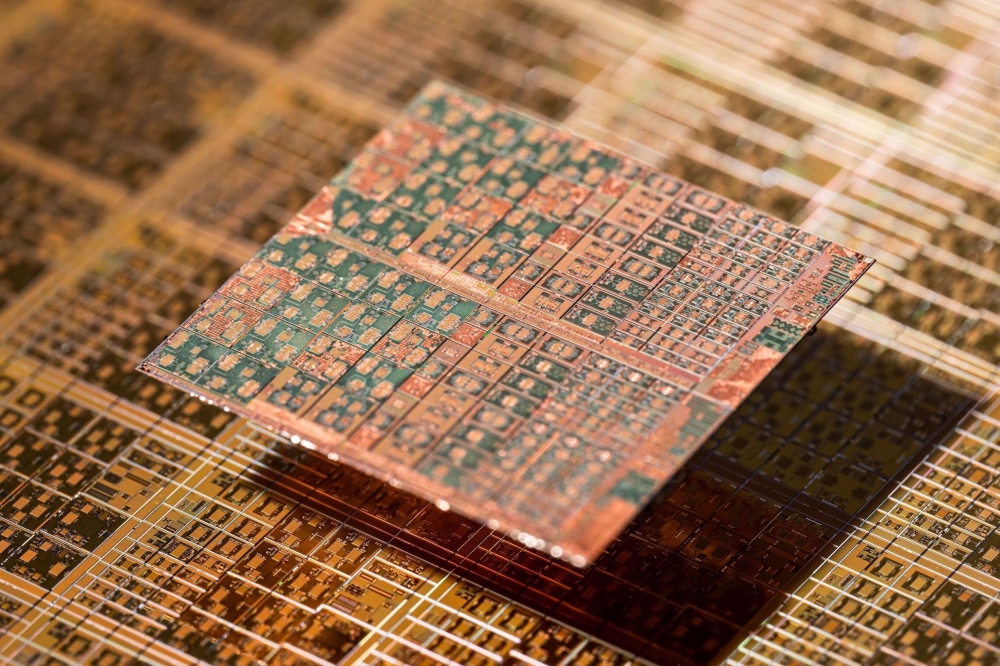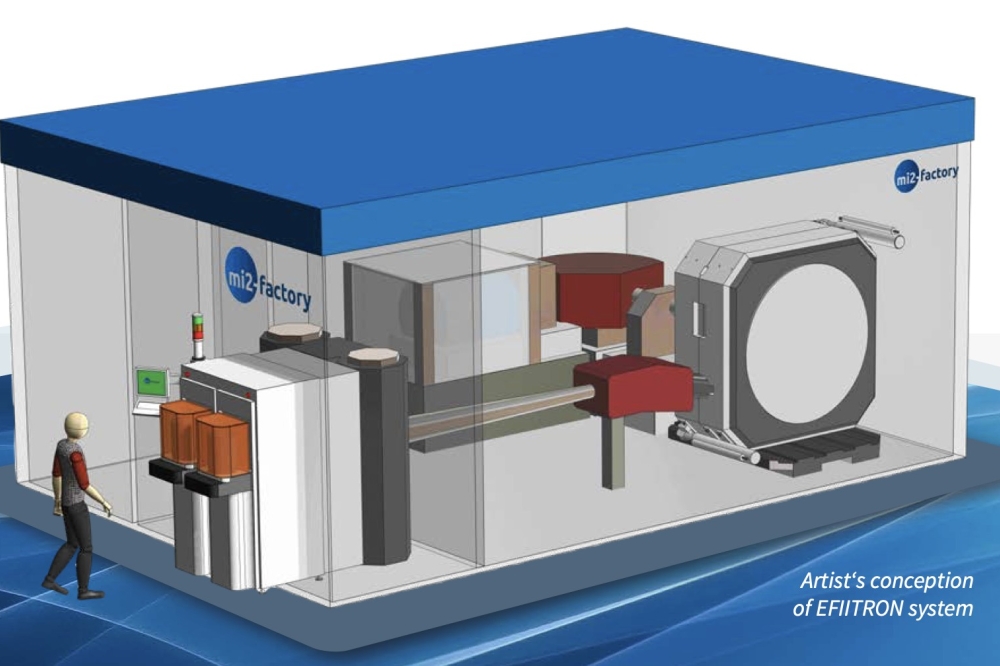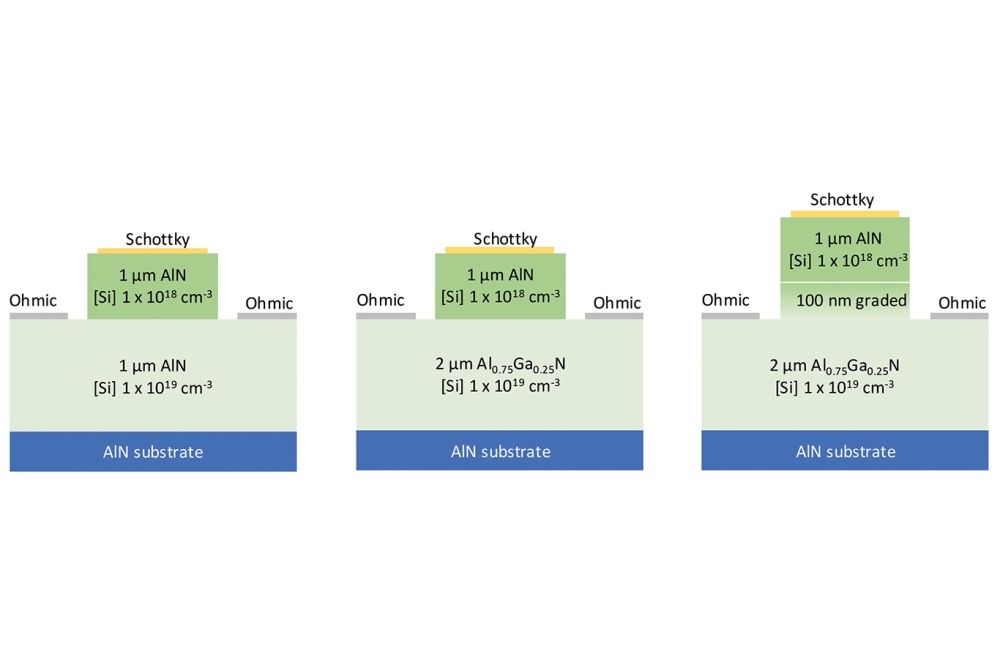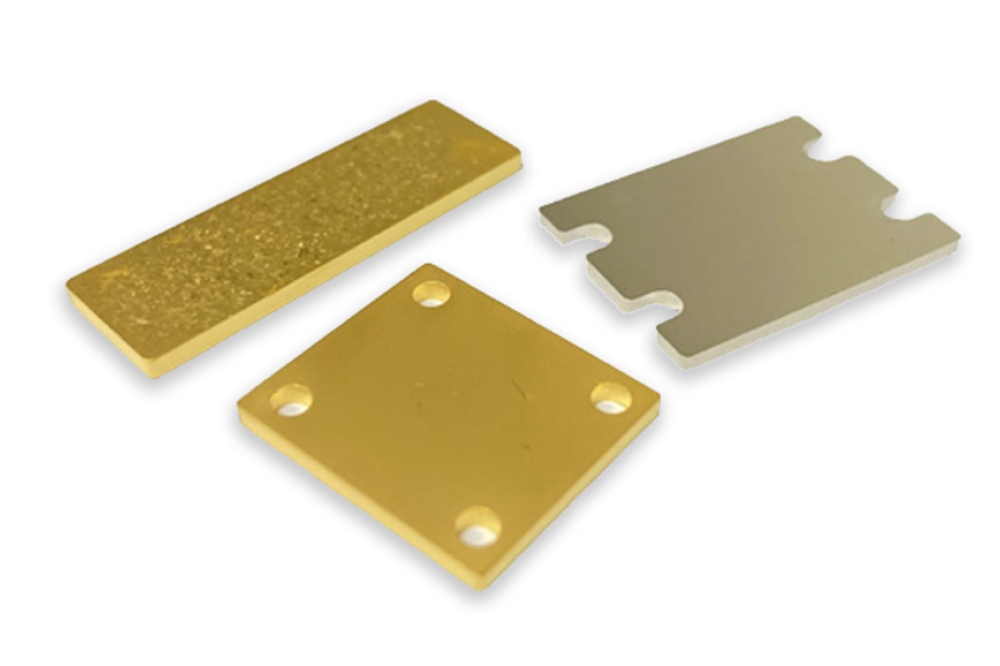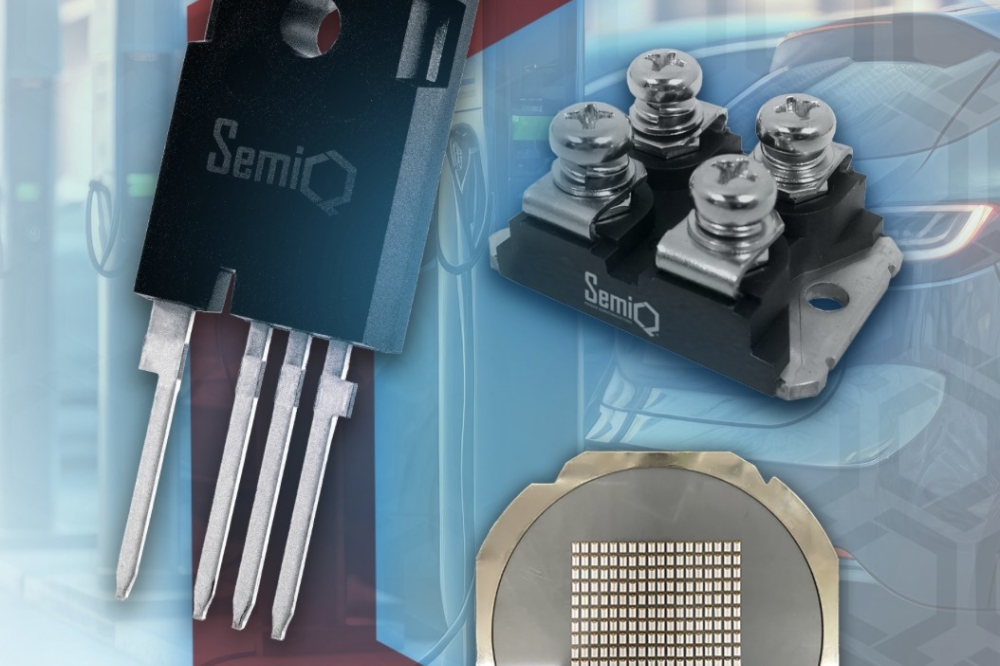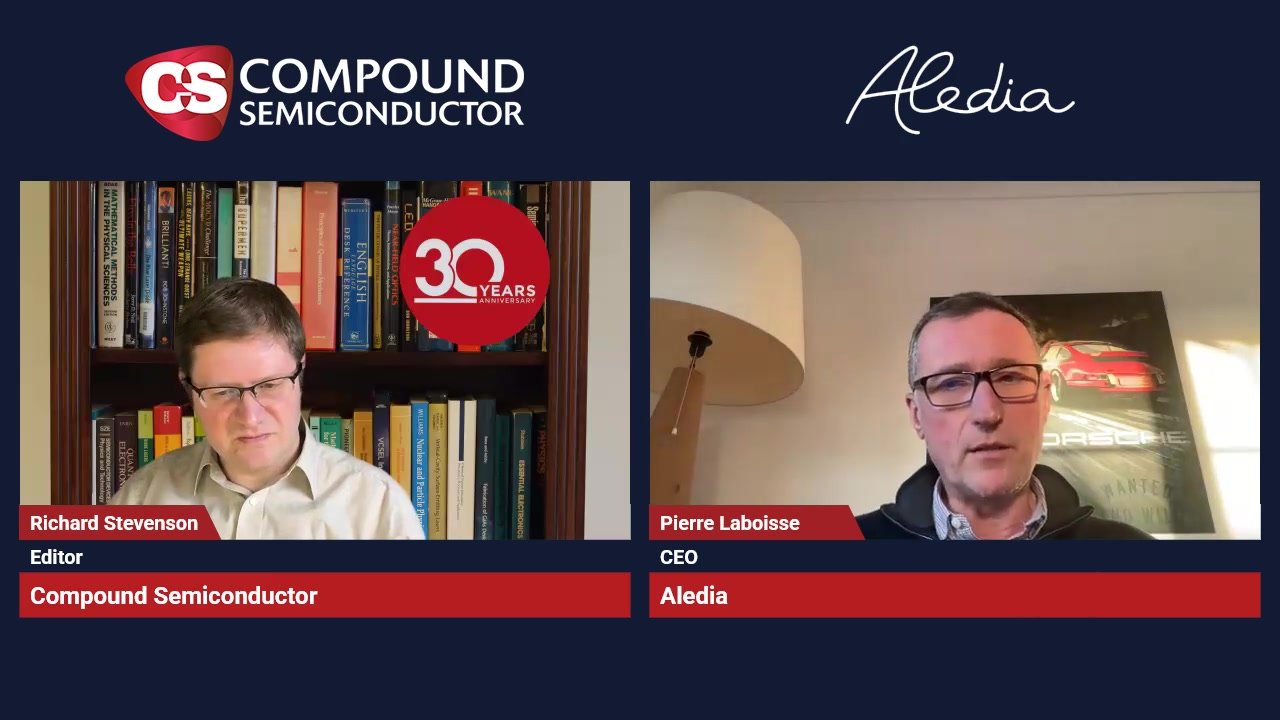AlAsSb shows promise for low noise InP APDs

Avalanche photodiodes (APDs) are critical components in long haul optical communication in that they help to increase the sensitivity of high-speed receivers. But today's APDs do not have both the high sensitivity and low noise demanded of them. Now a collaboration between the University of Sheffield, University of Cardiff and the University of California, Los Angeles (UCLA) has found a possible solution using bulk AlAsSb grown lattice-matched to InP.
Optical comms APDs use narrow band-gap semiconductors - usually InGaAs - in order for them to detect light signals at 1300"‰nm and/or 1550"‰nm and a wider bandgap multiplication region of InP or InAlAs. Unfortunately the random nature of the impact ionisation process in the multiplication region can create "˜excess' noise, which then mitigates the effect of the gain.
In their recent paper in Scientific Reports, the researchers showed that bulk AlAsSb grown lattice-matched to InP has an electron impact ionisation coefficient (α) to hole impact ionisation coefficient (β) ratio that exceeds that seen in bulk silicon of the same avalanche region width.
This α/β ratio is what determines the "˜excess' noise associated with the gain in APDs and also the speed of operation. While other material systems have been reported with similar ionisation characteristics, they are not capable of being grown lattice-matched to InP and InGaAs. This material therefore could transform the performance of APDs used in telecommunication applications as it can provide simultaneously high gain with low excess noise and higher speed of operation.
Due to the wide miscibility gap and the non-unity sticking coefficient of the group-V species, growth of thick epilayers of AlAsSb lattice matched to InP is extremely challenging. To study the avalanche multiplication characteristics of this material, researchers at UCLA used a digital alloy growth technique to grown several p-i-n and n-i-p structures in a Veeco GEN930 MBE reactor. The nominally undoped multiplication regions varied in thickness from 1550 nm down to 660 nm. X-ray diffraction measurements showed that the layers were nominally lattice matched to the InP substrates despite the thickness of the AlAsSb grown using this technique.
Circular mesa diodes with diameters of between 70-420 μm were fabricated using standard lithography and wet chemical etching. "˜"˜Although the reverse dark currents are currently larger than we would like, with further optimisation of the fabrication process this should come down as the material has a relatively wide band-gap of ~1.65 eV,'' says corresponding author Shiyu Xie from Cardiff.
Photocurrent measurements as a function of reverse bias using light from a 405 nm laser results in any avalanche gain (M) being initiated by the electrons in the case of p-i-n diodes, and holes in the case of n-i-p diodes. The measurements show a significant difference in the electron and hole initiated gain characteristics and from this data, the α and β could be extracted over a wide electric-field range. Comparing the α and β of AlAsSb with that of InP and InAlAs shows how much larger the α/β ratio is in AlAsSb. It appears to be even better than that seen in silicon.
"˜"˜While this material looks extremely promising, there are still several fundamental issues that need to be addressed,'' says Chee Hing Tan, director of the Advanced Detector Centre in Sheffield. The team next plans to undertake noise measurements on these layers to confirm that they will provide very low excess noise even at high gain values. Ultimately, the team hope to demonstrate a full InGaAs-AlAsSb based APD with a better sensitivity and speed compared to the existing technology.
A high speed, high sensitivity APD is a key optical component in next generation optical communication systems as well as in future data centre networks. Such an APD can also provide a higher power budget in the data-link with an improved system signal to noise ratio, enabling longer transmission distances. In addition its lower power consumption compared to a conventional semiconductor optical amplifier (SOA) enables a more compact, higher density form factor module.
'Demonstration of large ionisation coefficient ratio in AlAs0.56Sb0.44 lattice matched to InP,' by X. Yi et al; Scientific Reports 8 9107 (2018)

